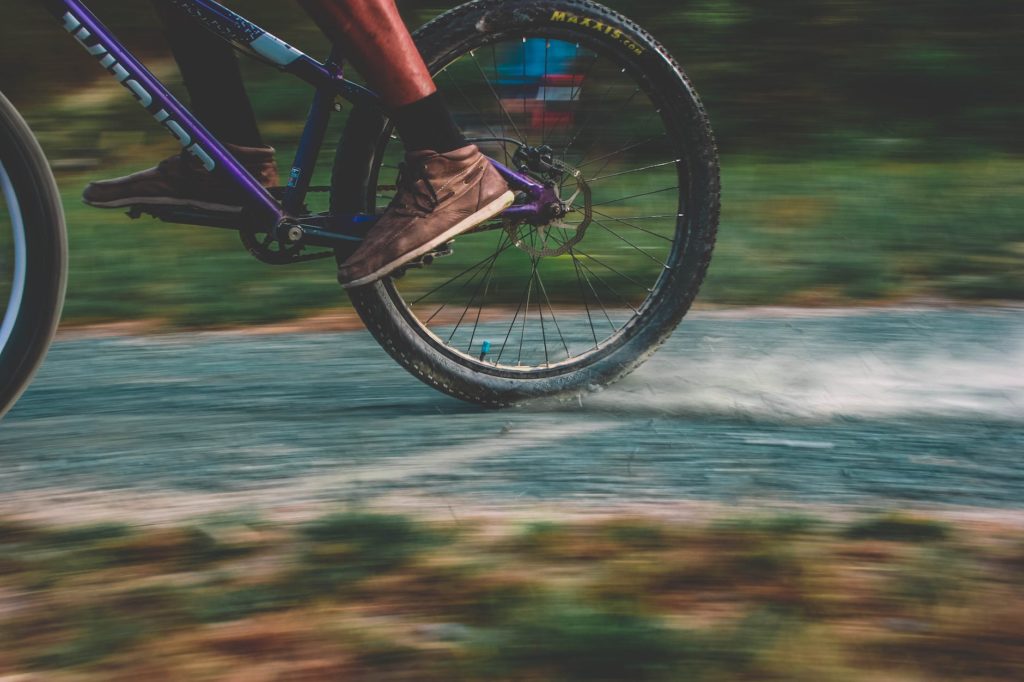Spring Tune-Up Tips
If you don’t ride in the winter, you’ve probably spent the winter months on the couch eating chips and watching television. Before you know it, spring will be here and a new season of mountain biking will begin. Even though your body may not be in shape, these tips will ensure that your bike is.
Before you take your bike out, check the wear and tear on your components and adjust them if necessary. Start with your chain. If you haven’t replaced it in a year or more, it’s time to do so. Over time, the individual parts in the chain will get worn out, increasing their effective length.
As this happens, the chain is no longer able to conform to the cog and the teeth of the chainring, so it wears those teeth out to fit the profile of the chain. If you can replace the chain before it stretches too much you’ll save yourself from having to replace high-priced cogs and chainrings.
Now, check the bearing surfaces. These include your bottom bracket, hubs, and headset. Each of these should turn without a problem with no play in the system. Before checking the bottom bracket, make sure each cranking arm is snugged tight. Next, hold
on to the crank arm (not the pedal) and wobble it back and forth. If you hear any clicking or if the crank arm binds, the bottom bracket needs to be adjusted.
Wheels Off
Do the exact same thing with your hubs. Take the wheels off the bike, spin the hub axles, then feel for any free play or binding. If you feel play or binding, you need to make an adjustment. To check the headset, start by putting the newly adjusted wheels back on the bike.
Now, grab the front brake and pull and push the handlebars back and forth. There shouldn’t be any play. If you lift the front end off the ground, the fork should turn very smoothly. If it feels rough, it needs to be either adjusted or replaced.
While you’re looking, check the condition of your cables and housing. The cables should be rust-free and the housing shouldn’t be cracked or kinked. If you see any of this you should replace the offending device if you don’t your shifting and braking will be sluggish.
Last, you should inspect your brake pads. Most pads will have ridges or indicator marks that will let you know when they need to be replaced. Brake pads that are worn out will compromise both safety and braking efficiency.
Once you’ve got the tune-ups out of the way, it’s time to go for a ride. With your mountain bike running better than ever, all you have to do now is have fun!
DISCLAIMER:
This information is not presented by a medical practitioner and is for educational and informational purposes only. The content is not intended to be a substitute for professional medical advice, diagnosis, or treatment. Always seek the advice of your physician or other qualified healthcare providers with any questions you may have regarding a medical condition. Never disregard professional medical advice or delay seeking it because of something you have read.
Since natural and/or dietary supplements are not FDA-approved they must be accompanied by a two-part disclaimer on the product label: that the statement has not been evaluated by FDA and that the product is not intended to “diagnose, treat, cure or prevent any disease.”





